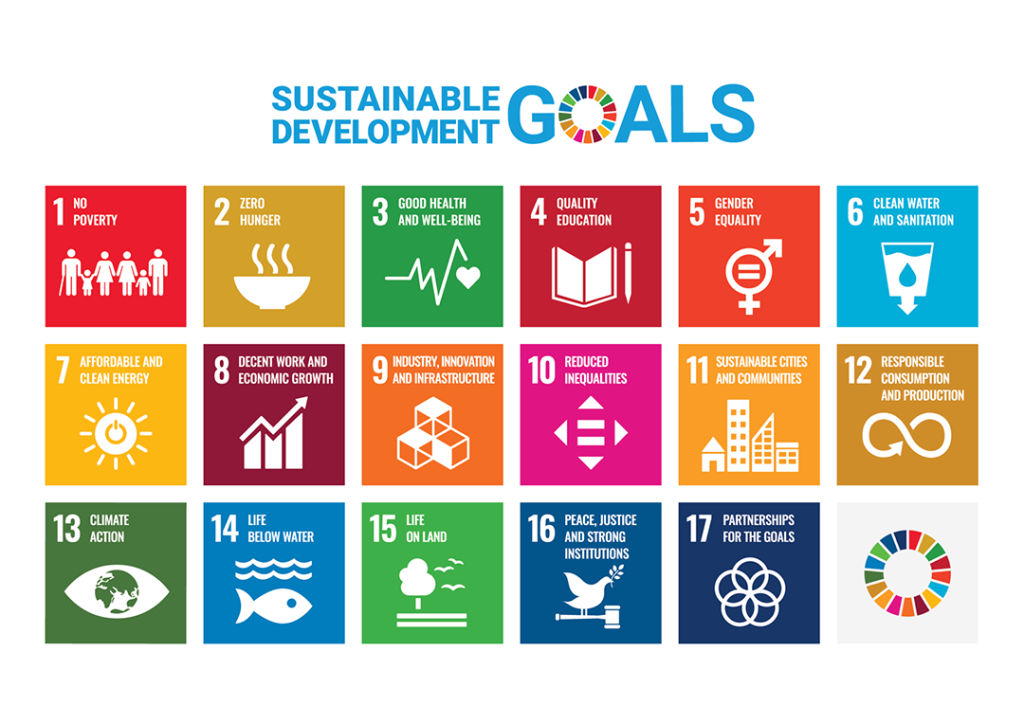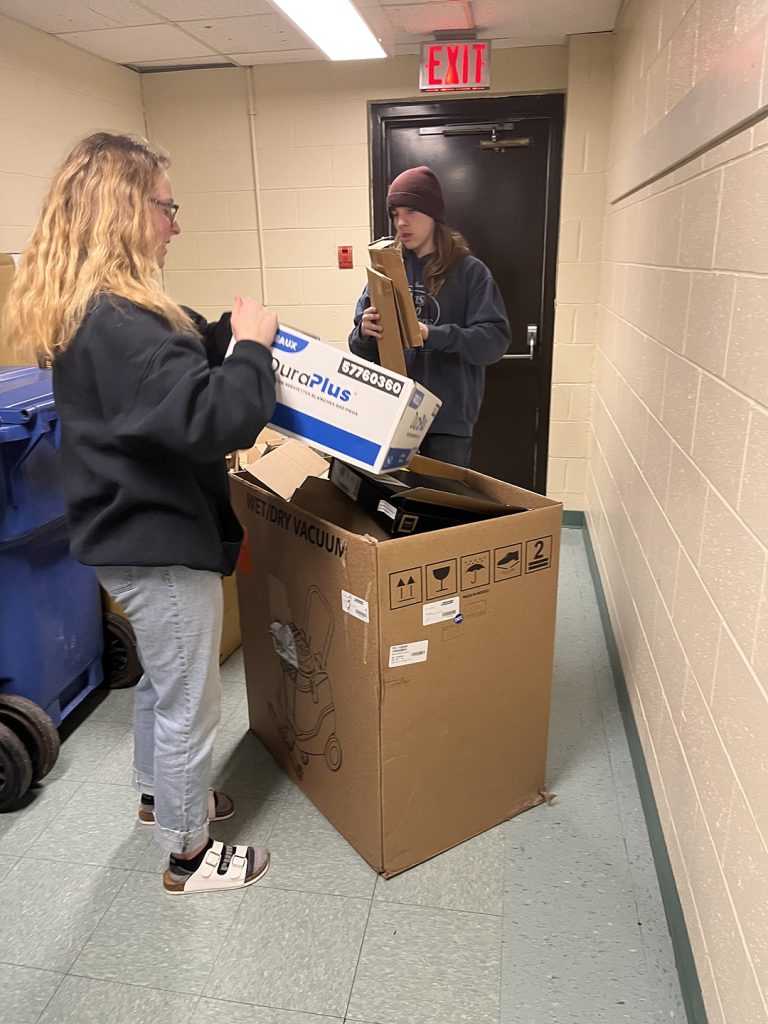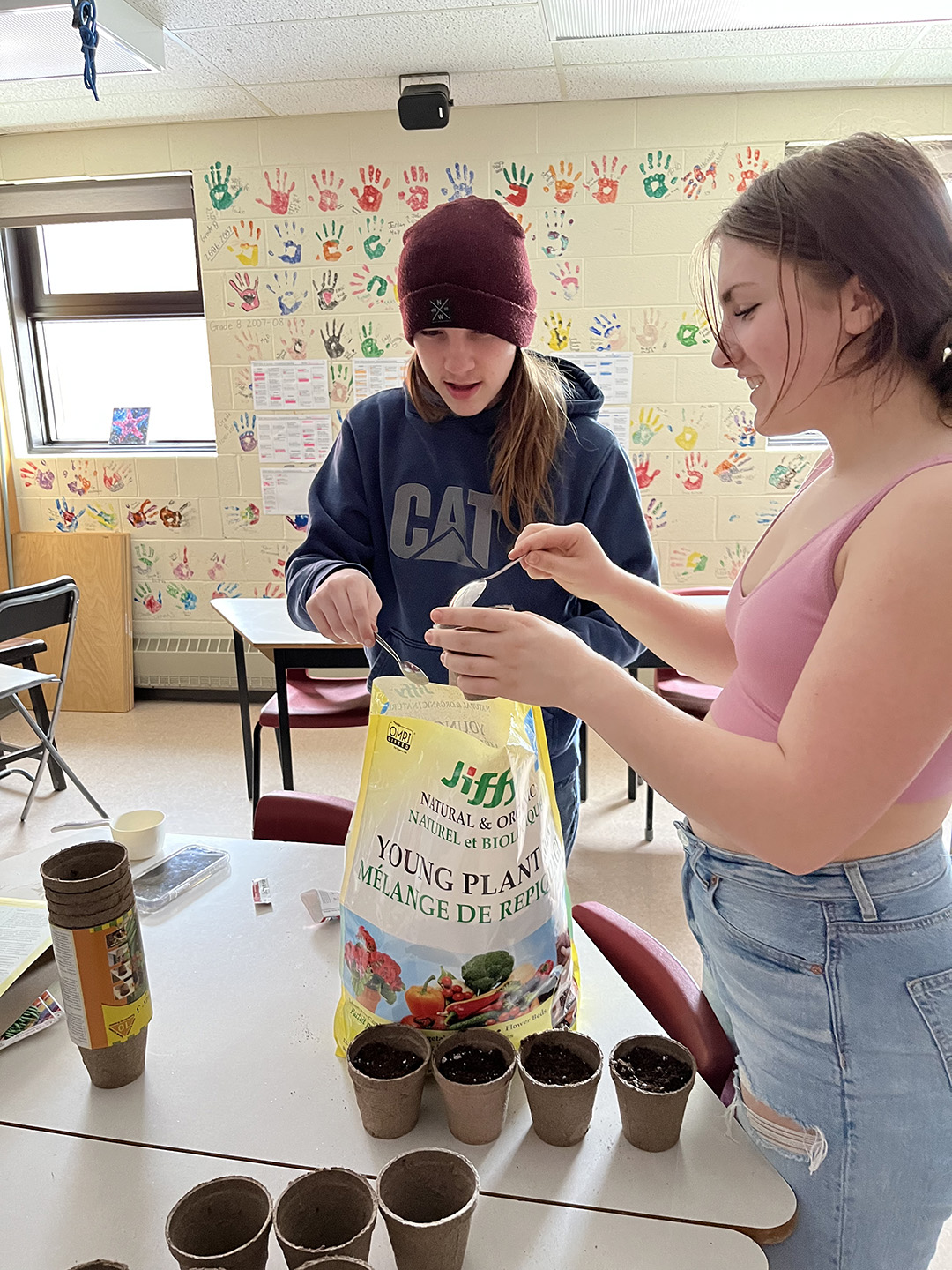

Reports of rising sea levels, melting ice caps, and global warming are just part of a litany of environmental concerns raising alarm around the world.
It’s scary stuff.
But in the spirit of this Saturday’s upcoming Earth Day, students at Cambridge-Narrows Community School are learning to face down environmental challenges by teaming up on sustainability projects around the school. Their efforts led to the school earning a Sustainable Future Schools designation—and a $500 grant—from Learning for a Sustainable Future (LSF) this year.
“The students went to a [LSF climate change] conference in October, and that inspired them to do more,” said Natasha Douthwright, a Cambridge-Narrows Community School teacher and co-leader of the school’s sustainability initiative.


Douthwright and Community Schools Coordinator Marcy Malloy created the school’s Climate Action Group, which consists of three Grade 11 students and four Grade 10 students. The group has been spearheading many sustainable activities this year—projects based on the United Nations’ 17 Sustainable Development Goals (SDGs)—including recycling bottles and paper, constructing a solar-powered outdoor classroom, maintaining a flower garden to encourage bee pollination, working with NatureNB to post signs in the woods around the school describing plants and trees native to the area, and composting for use in the school’s flower and vegetable gardens.
According to Learning for a Sustainable Future, the Sustainable Future Schools initiative provides a framework for schools to design their own path for advancing the UN’s 17 Sustainable Development Goals in a holistic way. “What we do is help teachers figure out how to incorporate those SDGs across the curriculum,” said LSF Facilitator Laura Myers. “The great thing about Cambridge-Narrows, which is true for every school where this is effective, is that the administration is on board.”
Once the students conceive a project, “Marcy and I help them make it happen by buying the materials and helping them brainstorm the idea further,” said Douthwright.
Cambridge-Narrows has maintained vegetable and flower gardens for several years, but the Climate Action Group’s composting initiative adds a welcome sustainability component to the cultivation of vegetables that are eventually used in student lunches at the school.
“The space is accessible to the community as well, and we look forward to everyone enjoying the great things we have to offer in our beautiful yard,” said Malloy.
Once completed, the outdoor classroom will be available for any subject as “all parts of the curriculum can be linked to nature,” she said.
Lessons Learned
The school’s sustainability initiatives are already starting to pay off with their intended audience: students.
“I think composting is the most important thing we do because it is the most beneficial to us at home and at school,” said Grade 11 student Rieley McGarity. “Sustainability is important because our world is being destroyed, and if we all become a little more concerned and do things like recycling, that will help.”
Grade 11 student Lana Jeffery enjoys gardening and recycling. She recycles at home and does so “to keep the Earth clean, so we won’t have to leave the planet.”
“There’s a lot of anxiety with kids about all this stuff that’s happening to our planet,” said Douthwright, “so hopefully [the sustainability initiatives] are going to relieve some of the pressure on students.”
Future Plans
The primary goal of the sustainability initiatives is to make students aware of their power to improve the environment in their communities, both locally and globally.
Douthwright and Malloy plan to keep the current projects going in the 2023-2024 school year. But they’ve got their minds on expansion. Douthwright wants to add a greenhouse in the near future, while Malloy wants to expand the scope of recycling initiatives.
“Right now, we recycle our paper, and bottles and compost,” she said. “It would be great if there were a way that our other waste could be separated and recycled, such as milk cartons, plastic and glass.”

